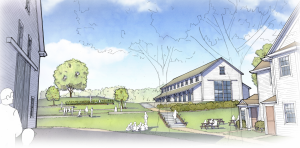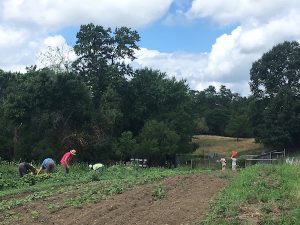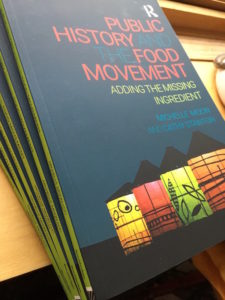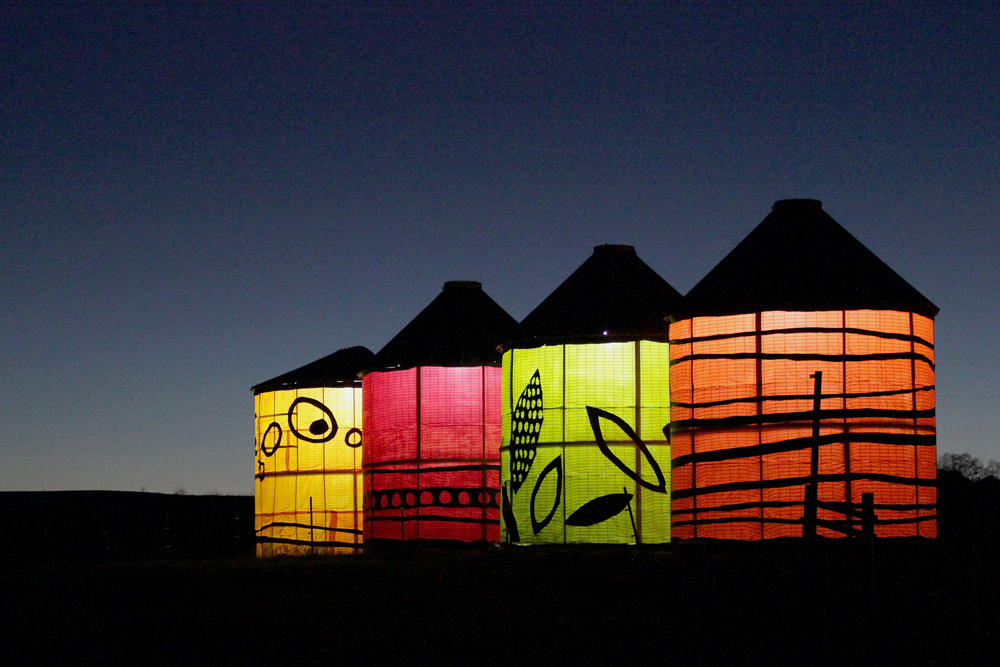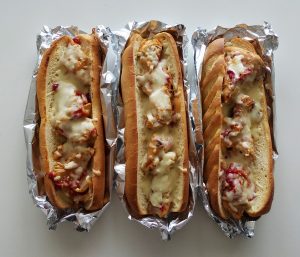 We’re excited to be part of the program for the 2019 American Association for State and Local History conference in Philadelphia this week! On Thursday afternoon from 4-5:15 pm we’ll be joining our colleague Rebecca Shrum from Indianapolis for a book discussion focusing on Michelle’s Interpreting Food at Museums and Historic Sites and our co-authored book. We do not know if we will be eating cheese steaks.
We’re excited to be part of the program for the 2019 American Association for State and Local History conference in Philadelphia this week! On Thursday afternoon from 4-5:15 pm we’ll be joining our colleague Rebecca Shrum from Indianapolis for a book discussion focusing on Michelle’s Interpreting Food at Museums and Historic Sites and our co-authored book. We do not know if we will be eating cheese steaks.
The Inclusive Historian’s Handbook, a new digital project that we’re also excited to have contributed to, will be making its debut at the conference. More about the creation of the handbook here.
